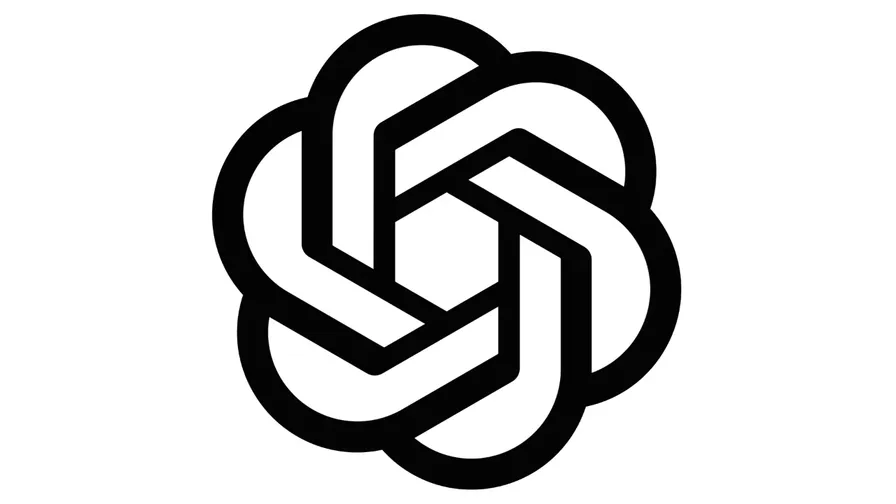- 11 Sep, 2024
- AI
- Education
- By Musketeers Tech
Can Canvas detect ChatGPT?
The rise of cutting-edge AI tools such as ChatGPT has encouraged students to turn in schoolwork and projects that are AI-generated. Similarly, educational institutions like colleges and universities have embraced new e-learning platforms like Canvas for teaching purposes as a result of technology improvements.
AI tools let students finish tasks quickly and see an improvement in their scores right away. However, this reliance on AI hampers students’ learning progress, ultimately impacting their future careers. Consequently, many educational institutions are devising strategies to identify AI-generated content or restrict its usage among students.
The question now becomes: How well can Canvas detect ChatGPT content? Is Canvas able to distinguish content produced by Bard, ChatGPT, or other AI-powered sources? In this comprehensive article, we’ll explore Canvas’s abilities in addressing AI-generated text, plagiarism, and academic dishonesty, exploring both its strengths and limitations in this domain. Let’s investigate it more thoroughly.
What is Canvas
Canvas is a powerful learning management system (LMS) that is well-known for its user-friendly design. It meets the demands of educators by making course creation, administration, assignment sharing, student contact, and feedback provision easier. From kindergarten to corporate training, Canvas is celebrated for its intuitive interface and accessibility across various educational institutions.
One of Canvas’s most notable features is how well it integrates with a wide range of third-party technologies, going beyond the traditional limitations of an LMS. With this interface, Canvas can integrate a wide range of technologies, such as real-time updates, interactive learning modules, multimedia resources, and most significantly, plagiarism detection capabilities.
The Application of AI in Education
The topic of AI writing is widely discussed in universities and schools across the globe. Some individuals believe it’s beneficial since it may help kids write essays that are well-structured, correct grammar mistakes, and provide them with writing guidance. This is particularly helpful for children who are having trouble with language or learning disabilities since it makes it easier for them to communicate their ideas.
However, AI writing also has drawbacks. Some students might abuse it since it can produce well-written, unique writing with little input. They might pass off content created by AI as their own, which keeps kids from honing critical thinking and other crucial abilities.
Can Canvas detect ChatGPT / AI Content
In simple terms, Canvas can somewhat detect if content was written by a human or AI, but it’s not perfect. Canvas focuses on managing coursework rather than checking content origin.
While some ChatGPT add-ons claim they can do this, none are perfect. They aim to catch AI-written content “to a certain extent,” but even one mistake could affect a student’s grades unfairly.
Interestingly, people are often better at spotting AI-written content than digital tools are. Teachers can usually tell if something was written by AI because it lacks original ideas or personal thoughts.
Can Canvas detect Copy and Paste Content?
A common misconception about Canvas is its ability to detect copy-pasting. In reality, Canvas doesn’t identify direct copy-paste actions. However, content pasted into Canvas can still be checked for plagiarism by tools like Unicheck.
How does Canvas detect Cheating / Plagiarism?
Platforms like Canvas are used in colleges and universities to prevent cheating during examinations or lectures. They employ many techniques:
- Tracking student activities: Canvas keeps an eye on everything students do during exams, like clicks, typing, and how long they spend on each question.
- Identifying patterns: Canvas looks for repetitions or patterns in the responses.
- Monitoring response times: Canvas pays attention to how quickly students answer questions.
- Integrating third-party plagiarism detection tools: Canvas integrates with external plagiarism detection services, augmenting its native detection capabilities.
- Supervised exams: Teachers can use Canvas to watch students take exams live through their webcams.
- Limiting browser access: During online exams, Canvas can block students from using other web browsers.
Avoiding Canvas Detection
- Avoid directly copying and pasting phrases: Identifying ChatGPT’s speech pattern is relatively easy.
- Utilize ChatGPT responses as a starting guide: When looking for help with assignments, ChatGPT can offer some guidance.
- Acknowledge your sources: If your assignment involves incorporating ChatGPT’s input and your teacher permits it, remember to cite your sources appropriately.
Conclusion
In summary, can Canvas detect ChatGPT or other AI content? The answer is No, not directly.
However, don’t assume that using AI will go unnoticed. Despite the absence of an integrated AI detector, Canvas offers techniques to identify AI-generated text. It’s important to emphasize ethical AI use as relying solely on AI tools may hinder learning and critical thinking development.

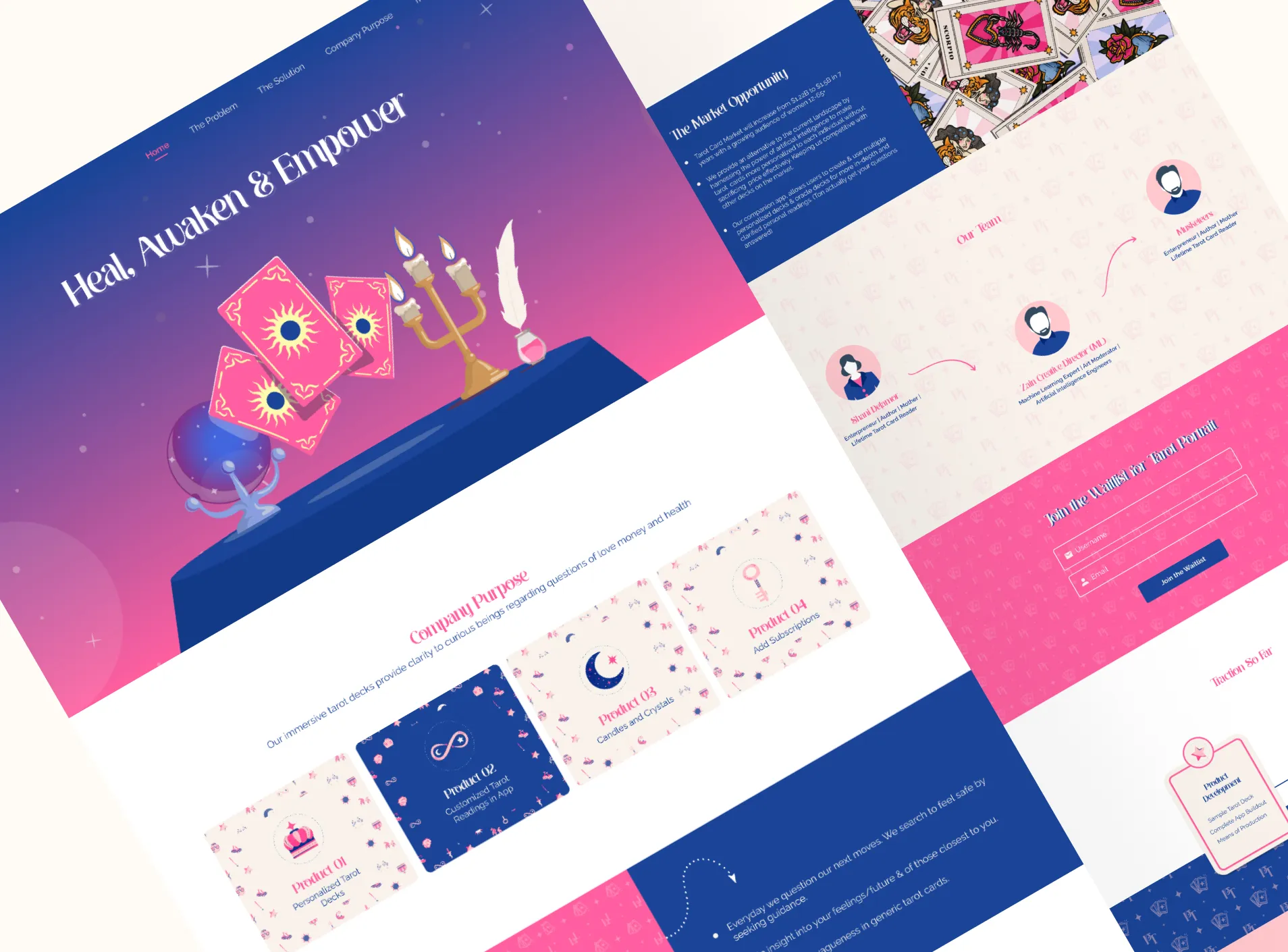
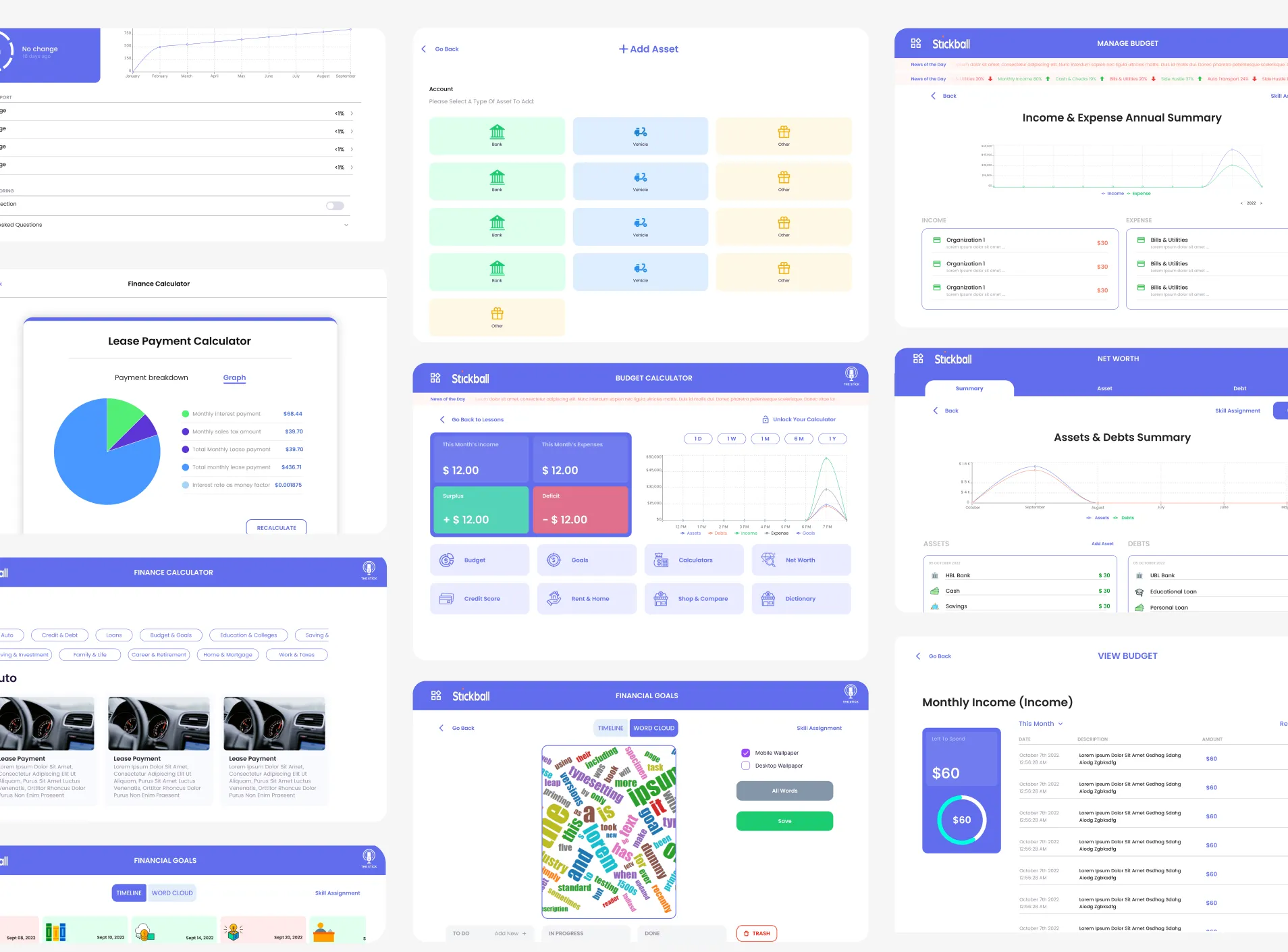

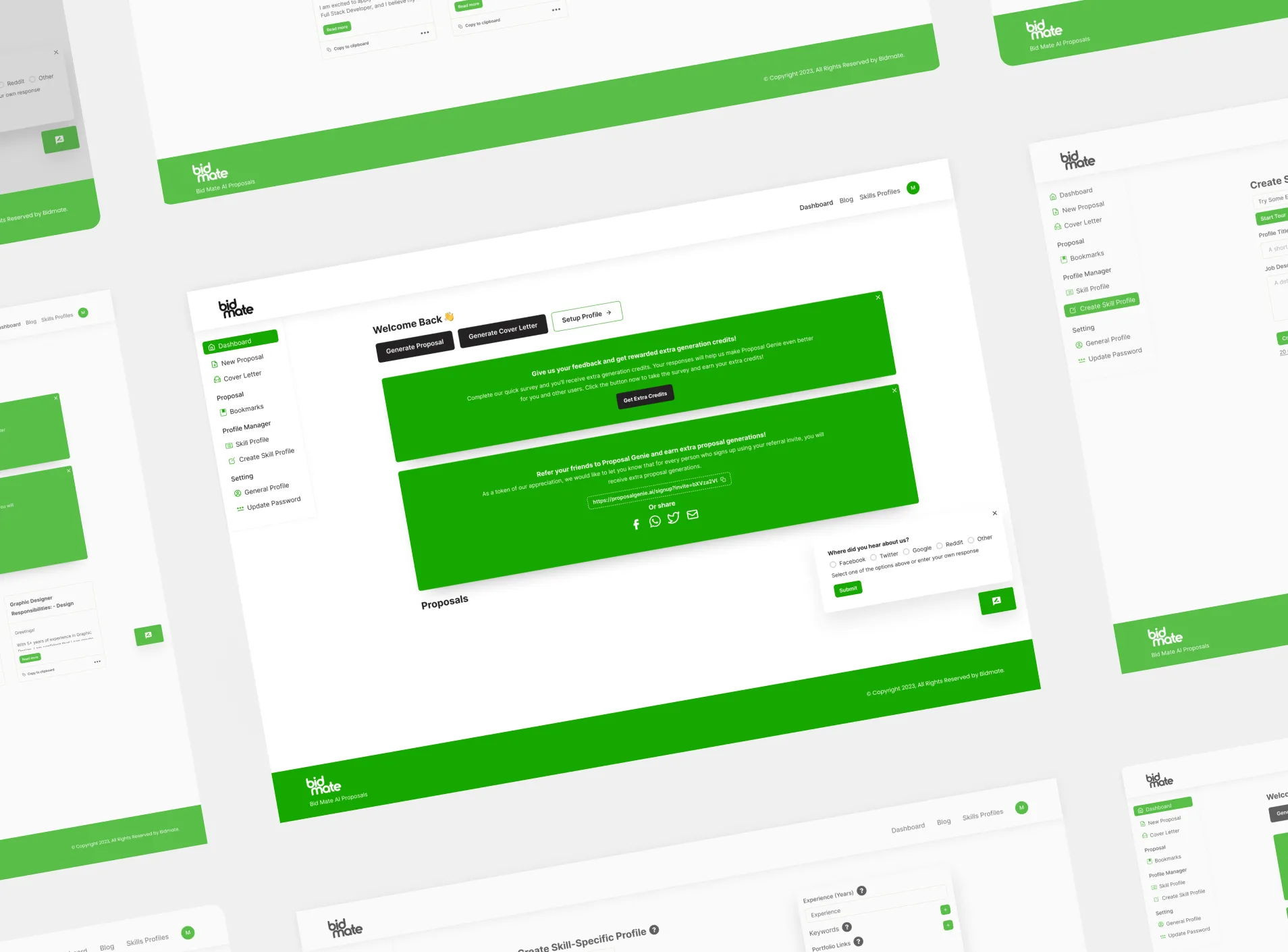
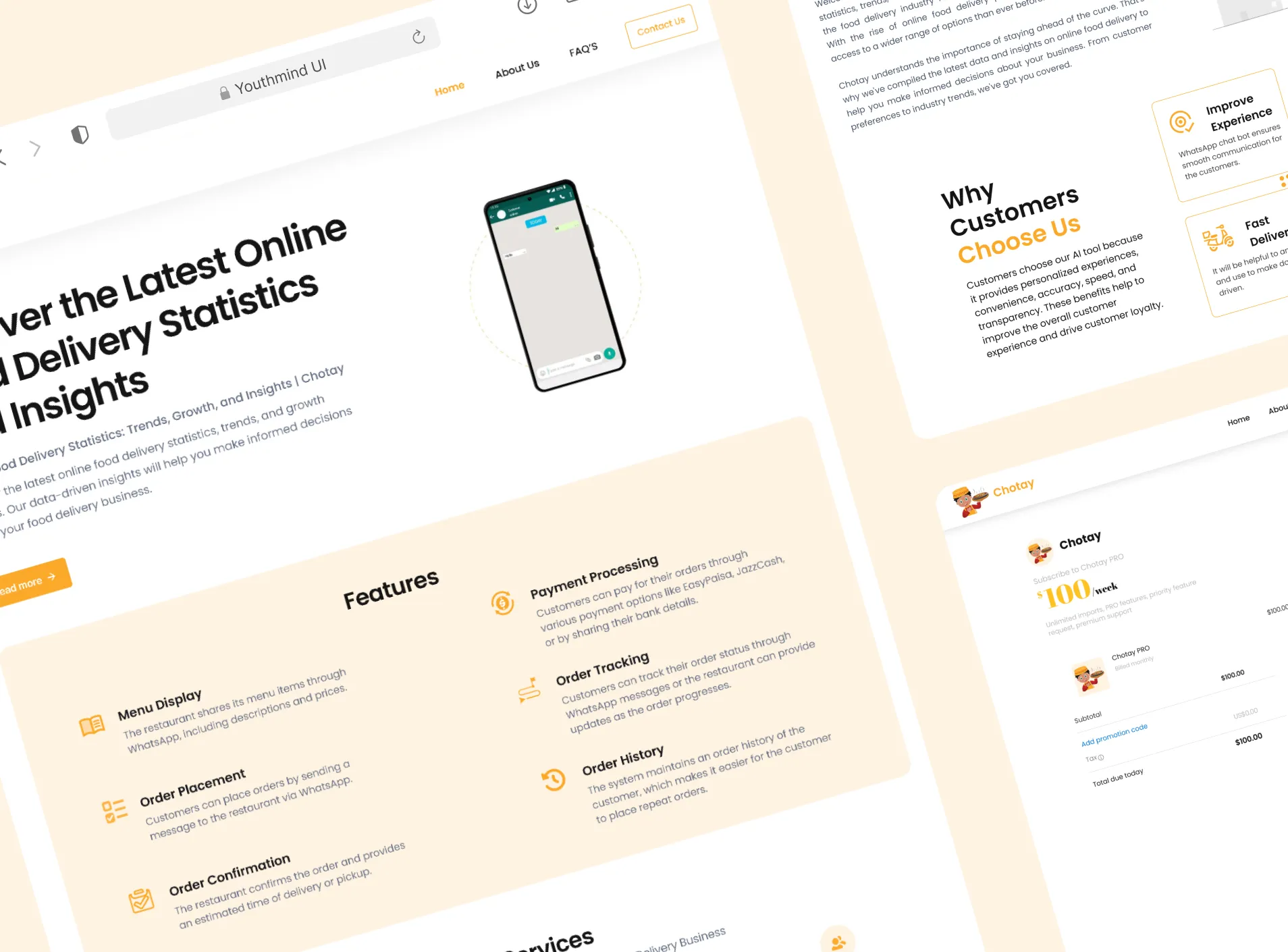
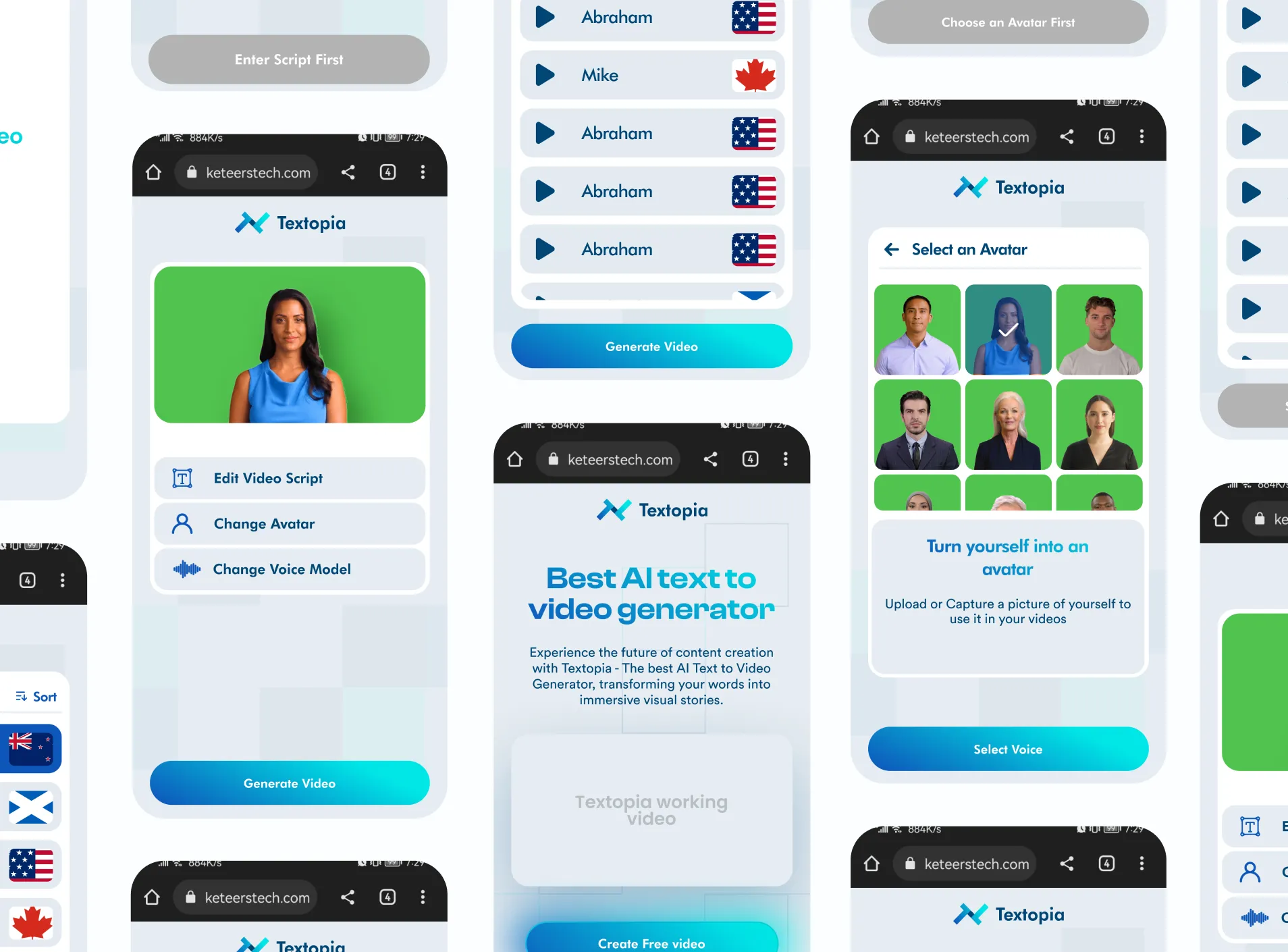


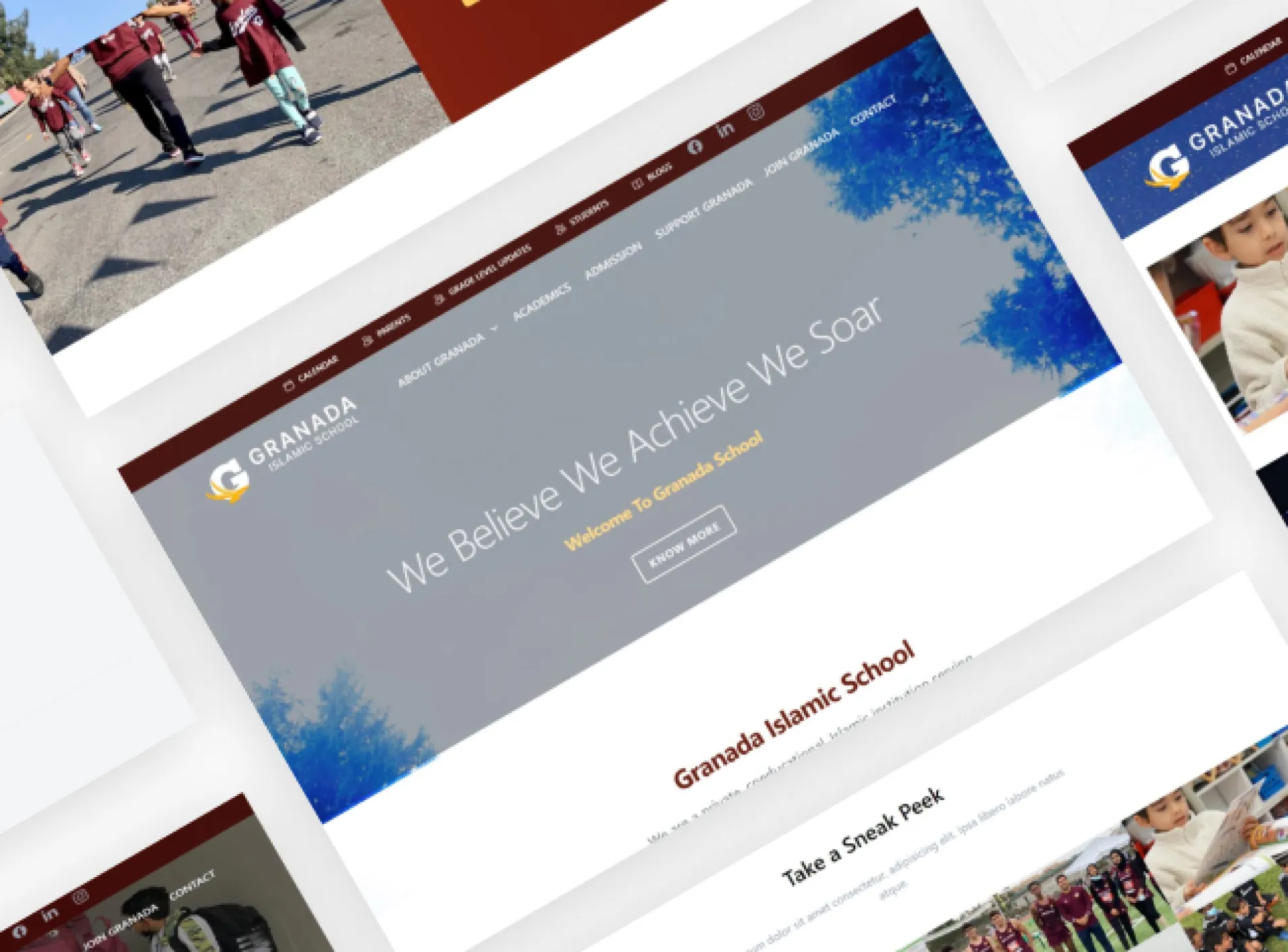

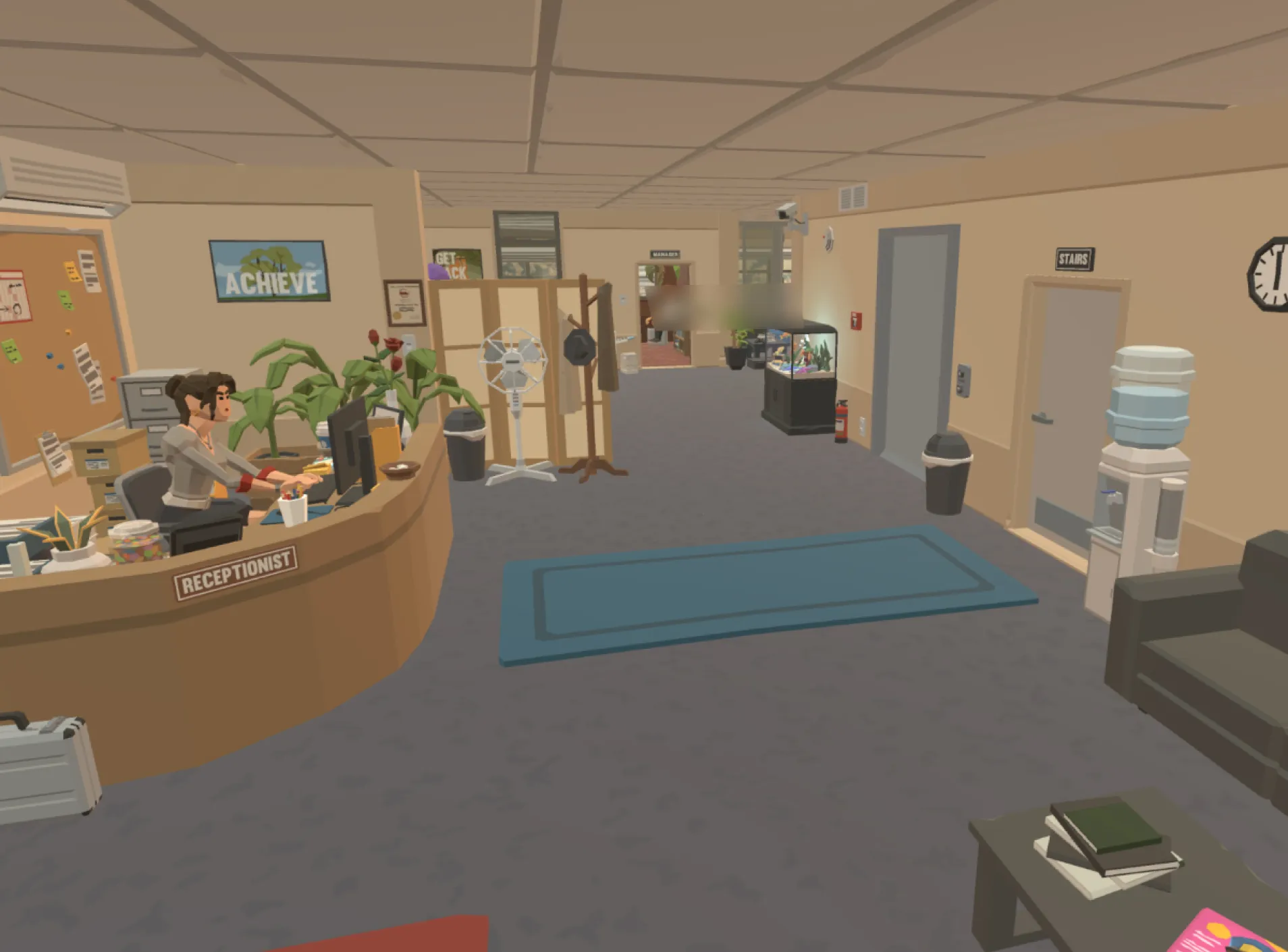

.BqrL9sgF_1jVnGp.webp)


